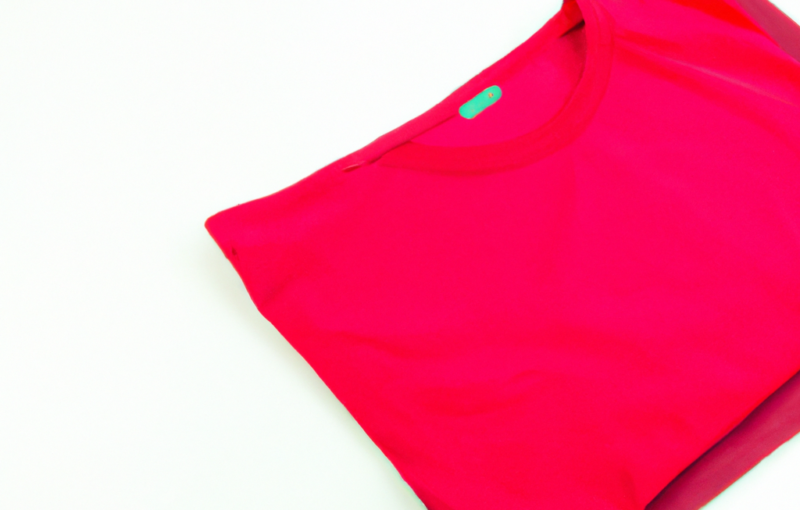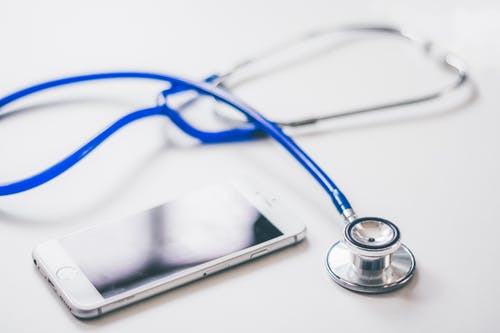Vasectomy is a common surgical procedure chosen by individuals and couples as a permanent form of contraception. While the decision to undergo a vasectomy is a personal one, it’s essential to understand the various factors that can influence the cost of the procedure. In this article, we will explore the key considerations that impact the pricing of vasectomy in Australia, helping you gain a comprehensive understanding of the financial aspects involved.
What is Vasectomy?
Definition
A vasectomy is a surgical procedure that involves cutting or blocking the vas deferens, the tubes responsible for transporting sperm from the testicles. By severing or obstructing these tubes, sperm can no longer reach the semen ejaculated during intercourse, resulting in sterility.
Procedure
During a vasectomy, a surgeon typically makes a small incision in the scrotum to access the vas deferens. The tubes are then either cut and sealed or blocked using clips or sutures. This straightforward outpatient procedure is performed under local anesthesia and usually takes around 30 minutes to complete.
Why Do People Choose Vasectomy?
Vasectomy is a permanent contraceptive method chosen by individuals or couples who have completed their desired family size or have decided not to have children. It offers numerous benefits, including being highly effective, convenient, and reversible in some cases. Additionally, it eliminates the need for other contraceptive methods, such as birth control pills or condoms, providing long-term peace of mind.
Factors Influencing Vasectomy Cost
When determining the cost of a vasectomy cost procedure, several factors come into play. Understanding these factors will help you better grasp why prices may vary between clinics and regions.
Clinic Location
The geographical location of the clinic can significantly impact the cost of a vasectomy. Urban areas and major cities tend to have higher overhead costs, including rent, utilities, and staff salaries, which can lead to higher procedure fees compared to clinics located in rural areas.
Surgeon Experience
The experience and expertise of the surgeon performing the vasectomy can affect the overall cost. Highly skilled surgeons with extensive training and a proven track record may charge higher fees due to their expertise and reputation.
Clinic Reputation
Clinics with a reputable and well-established presence in the field of urology and reproductive health may command higher fees. A clinic’s reputation can be a reflection of its success rates, patient satisfaction, and the quality of care provided.
Additional Services
Some clinics offer additional services as part of their vasectomy package, such as pre-operative consultations, follow-up appointments, or post-operative care. These added services can contribute to the overall cost but may also provide value and convenience for patients.
Anesthesia Type
The choice of anesthesia can influence the cost of a vasectomy. Local anesthesia is typically the most common and cost-effective option. However, some individuals may prefer or require additional anesthesia options, such as sedation or general anesthesia, which can increase the overall cost.
Insurance Coverage
Insurance coverage varies among different healthcare plans. While some insurance providers may cover the cost of a vasectomy, others may consider it an elective procedure and not provide coverage. It’s crucial to check with your insurance provider to understand the extent of coverage and any out-of-pocket expenses you may incur.
Average Cost of Vasectomy
Understanding the average cost of a vasectomy procedure can provide a baseline for individuals considering this form of contraception. It’s important to note that these costs are approximate and can vary depending on the factors mentioned earlier.
Procedure Costs
On average, the cost of the vasectomy procedure itself ranges from $500 to $2,000 in Australia. This fee usually covers the surgeon’s fee, use of the clinic facilities, and any necessary follow-up appointments.
Additional Fees
Additional fees may include the cost of pre-operative consultations, laboratory tests, anesthesia, and medication. These fees can vary and should be discussed with the clinic beforehand to avoid any surprises.
How to Find Affordable Vasectomy Options
While the cost of a vasectomy may seem daunting, several strategies can help individuals find more affordable options without compromising on quality or safety.
Researching Clinics
Conduct thorough research to identify clinics that offer competitive pricing without compromising on the reputation and experience of the surgeons. Look for patient reviews, success rates, and the overall reputation of the clinic before making a decision.
Inquiring About Discounts
Some clinics may offer discounts or promotional pricing for vasectomy procedures. Don’t hesitate to inquire about any ongoing promotions or available discounts that can help reduce the overall cost.
Considering Financing Options
If the upfront cost of a vasectomy is a concern, inquire about financing options available through the clinic. Some clinics offer payment plans or partnerships with financial institutions that can help individuals spread the cost over time.
Conclusion
Understanding the factors that influence the cost of vasectomy in Australia is crucial when considering this permanent contraceptive option. Factors such as clinic location, surgeon experience, clinic reputation, additional services, anesthesia type, and insurance coverage all contribute to the overall pricing. By researching clinics, inquiring about discounts, and considering financing options, individuals can find more affordable vasectomy choices that align with their budget and needs.
…
Learn More





